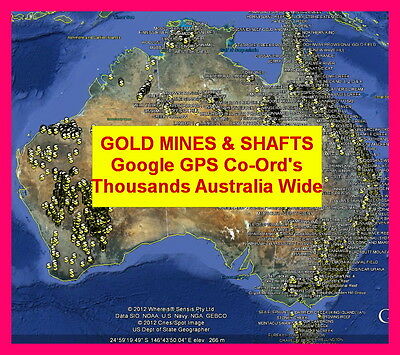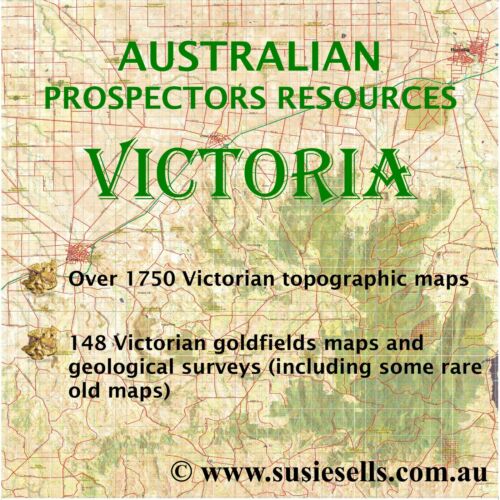Crown land in Australia includes any area of government-owned land, whether inland or coastal. It doesn’t include private property. This means that you can only prospect on crown land with permission from the relevant authority, and often a licence fee too (though there are some exceptions). The term ‘crown’ refers to the monarchy or royal family. This type of estate has been around since feudal times when lords were given control over large amounts of property in exchange for military service.
The Australian Bureau of Statistics categorizes all state forests as public conservation areas, which may be open to recreational activities such as bushwalking for example but not gold fossicking without the appropriate permits and licenses. If you want more information visit earthresources.vic.gov.au/licensing-approvals/fossicking/. You’ll find links here to various resources about where it’s legal to fossick in Victoria, including the Gold Exploration Permit Program, which outlines the requirements for gold fossicking in Victoria.
You can also purchase a Prospecting Licence from Earth Resources if you’re 16 years or older that enables prospectors to look for gold, minerals and gemstones on Crown Lands.
The best way to find out if the area you’re intending to prospect is crown land or private property is to call Earth Resources Victoria (ERV) on 1300 366 356 before starting your search – they will let you know what permits are required for that location.
Otherwise, it would be advisable to do some research first by looking at a map of various areas in Victoria and noting who owns which parcels of land around these locations. ERV publish an interactive map with basic information about each parcel of Crown Land available here: earthresourcesvic.gov.au/licensing-approvals/fossicking/crown-land?fbclid=IwAR0ZlFoRXEKRLiQjZUcgLHxvq-W0ePwiA_OYwCbKGpOsTntrxNlBzeM
While prospecting for gold, minerals, and gemstones on Crown Land is allowed (with the appropriate state government permits), it’s important to be aware that many areas are also Unallocated or Undesignated land. This means they’re not yet a formal parcel of crown property but could potentially be one in future – meaning anyone looking to prospect there would then need permission from ERV before starting any search operations. Prospectors should always make sure they have obtained all relevant approvals when looking for these types of resources on Crown Land
Here is a list of places where prospecting is allowed with a Miner’s Right in Victoria.
Popular places to prospect outside Melbourne:
* Prospecting is allowed on Crown Land with a Miner’s Right in Victoria.
– Wilsons Promontory National Park (accessible to the public)
– Mt Buangor Nature Conservation Reserve (access restricted to permit holders only)
– Fish Creek Hill State Forest near Pakenham
– Mount Pleasant State Forest, north of Melton and west of Melbourne Airport
– Five Mile Swamp, east of Warburton
Which Victorian parks can I prospect in?
The following parks have designated areas where you are allowed to prospect:
- Beechworth Historic Park
- Castlemaine Diggings National Heritage Park
- Chiltern-Mt Pilot National Park
- Enfield State Park
- Greater Bendigo National Park
- Heathcote-Graytown National Park
- Kara Kara National Park
- Kooyoora State Park
- Paddys Ranges State Park
- Reef Hills State Park
- Steiglitz Historic Park
- Warrandyte State Park
For further information, visit Parks Victoria.
Fossicking for Gemstones
The following parks have designated areas where you are allowed to fossick for gemstones only:
- Cape Liptrap Coastal Park
- Kooyoora State Park
- Mornington Peninsula National Park – for zeolite only, permitted for scientific research purposes and collection by mineralogical clubs subject to permit conditions
- Great Otway National Park
- Warby-Ovens National Park
* The list above was compiled by Vicmap as well as information from Department for Environment and Primary Industries website. It may not be complete or accurate at the time of reading.






